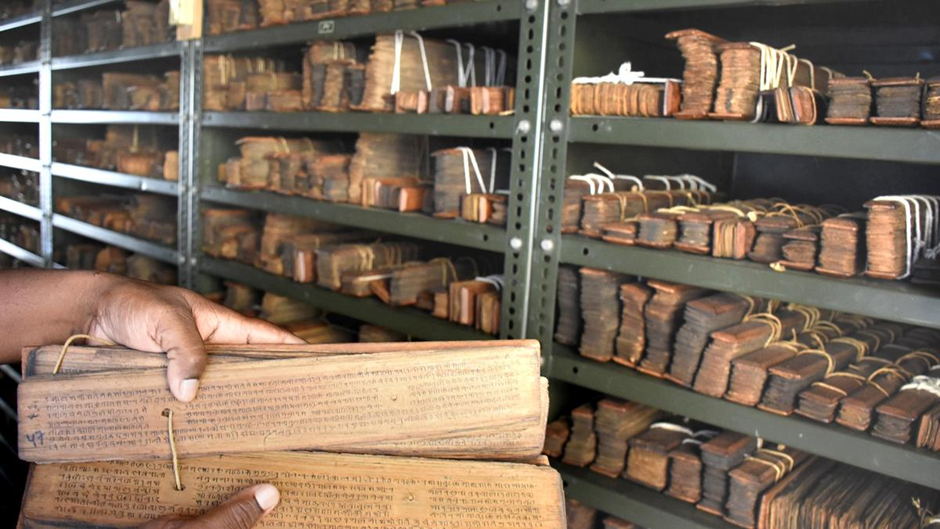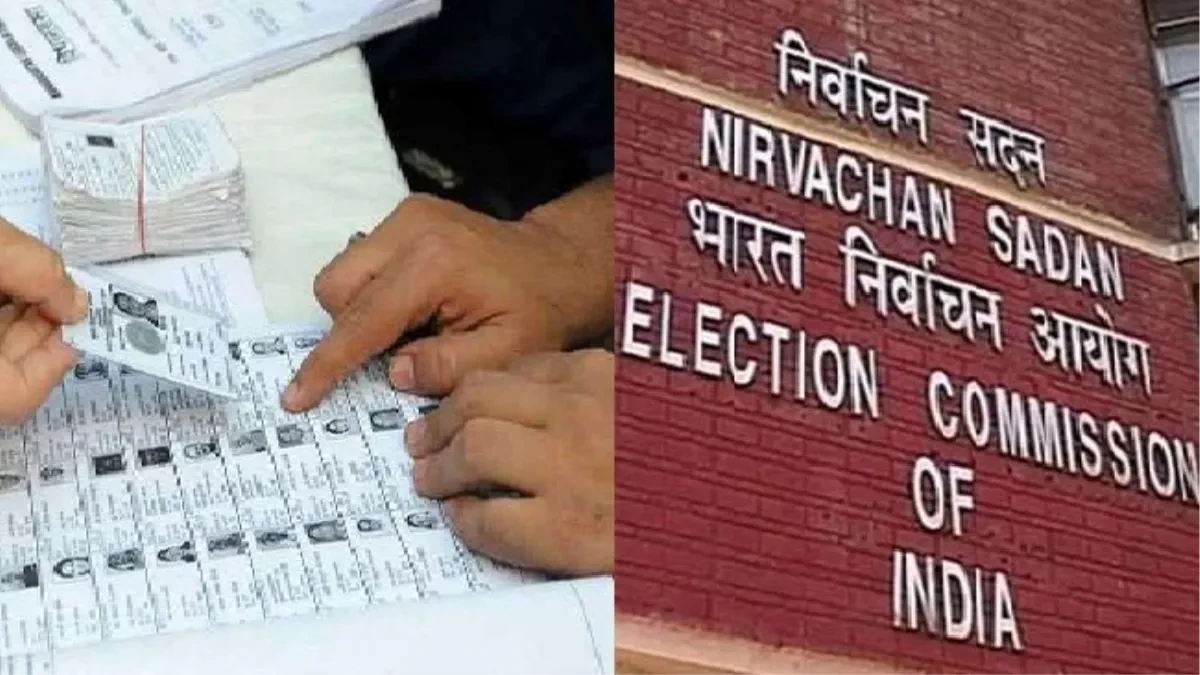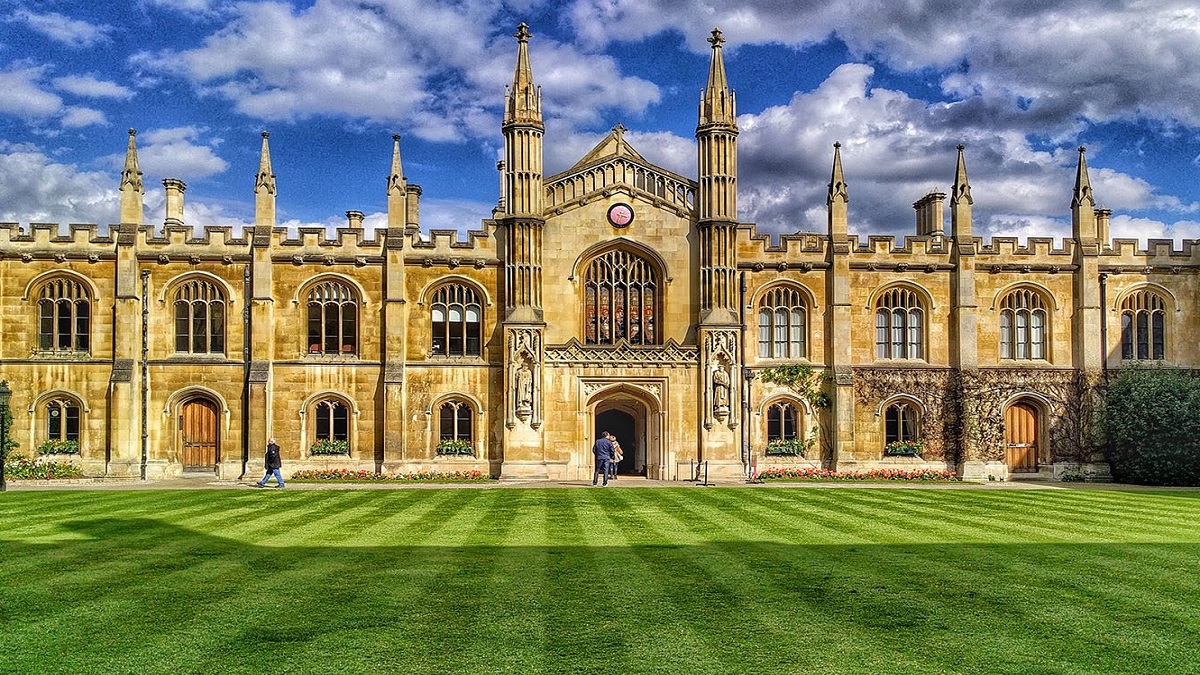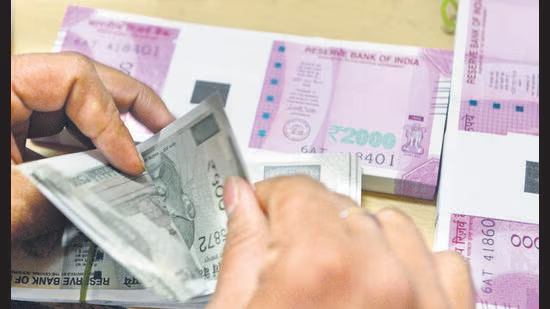- Courses
- GS Full Course 1 Year
- GS Full Course 2 Year
- GS Full Course 3 Year
- GS Full Course Till Selection
- Answer Alpha: Mains 2025 Mentorship
- MEP (Mains Enrichment Programme) Data, Facts
- Essay Target – 150+ Marks
- Online Program
- GS Recorded Course
- Polity
- Geography
- Economy
- Ancient, Medieval and Art & Culture AMAC
- Modern India, Post Independence & World History
- Environment
- Governance
- Science & Technology
- International Relations and Internal Security
- Disaster Management
- Ethics
- NCERT Current Affairs
- Indian Society and Social Issue
- NCERT- Science and Technology
- NCERT - Geography
- NCERT - Ancient History
- NCERT- World History
- NCERT Modern History
- CSAT
- 5 LAYERED ARJUNA Mentorship
- Public Administration Optional
- ABOUT US
- OUR TOPPERS
- TEST SERIES
- FREE STUDY MATERIAL
- VIDEOS
- CONTACT US
Government Seeks to Relaunch National Manuscript Mission
Government Seeks to Relaunch National Manuscript Mission
28-10-2024

- In October 2024, The Union Ministry of Culture planned to revive the National Mission for Manuscripts (NMM)
- Considering the formation of an autonomous body, likely to be called the National Manuscripts Authority, to help preserve ancient texts in India.
- This initiative follows a meeting held on October 14, chaired by the Culture Minister which included prominent experts in the field.
- Presently, NMM is a part of the Indira Gandhi National Centre for Arts.
- The new body, likely to be named the National Manuscripts Authority, will be an autonomous entity under the Ministry.
What is a Manuscript?
|
Background of the National Mission for Manuscripts (NMM)
- Establishment: The NMM was established in February 2003 by the Ministry of Tourism and Culture, Government of India.
- Objective: The mission seeks to unearth and preserve India's vast manuscript wealth, which is estimated to consist of approximately ten million manuscripts—believed to be the largest collection in the world.
- This collection covers a diverse range of themes, textures, aesthetics, scripts, languages, calligraphies, illuminations, and illustrations.
- Mandate: The NMM's primary goals are to identify, document, conserve, and make accessible the manuscript heritage of India.
- The initiative is seen as a necessary response to reclaiming the heritage contained in these manuscripts, many of which are in poor condition.
Objectives of the National Mission for Manuscripts
- Locate and Document: Conduct national-level surveys and maintain a National Electronic Database, currently containing information on four million manuscripts, making it the largest database on Indian manuscripts.
- Conserve: Use both modern and indigenous conservation methods and train the next generation of manuscript conservators.
- Promote Accessibility: Digitize the rarest and most endangered manuscripts and publish critical editions and catalogues.
- Engage the Public: Increase public awareness and engagement with manuscripts through lectures, seminars, and outreach programs.
Achievements of the NMM:
- As of now, the NMM has prepared metadata for 52 lakh manuscripts and has digitized over 3 lakh titles, although only about one-third have been uploaded online.
- There are approximately 1.3 lakh manuscripts uploaded, with only 70,000 available for viewing due to a lack of an “access policy.”
- This issue limits incentives for private owners to share their manuscripts, as about 80% of manuscripts in India are held by private parties.
Recent Developments and Future Roadmap:
- During the recent meeting, discussions included:
- The establishment of academic chairs in universities abroad that specialize in ancient Indian studies to facilitate collaboration with the NMM.
- The need for intellectual property rights and legal expertise within the expert group.
- Strategies to prevent the sale of manuscripts outside India and provide financial assistance to private owners for manuscript preservation and registration.
- Emphasis on the importance of preserving non-Brahmi and lesser-known scripts.
Challenges Faced by NMM:
- Diverse Manuscript Wealth: India’s manuscript collection is estimated at around ten million, having various languages and scripts that are often unreadable today.
- Many manuscripts have been neglected for decades and are in poor physical states—infested with insects, infected with fungi, or otherwise deteriorated.
- A significant portion of manuscripts remains inaccessible due to the absence of effective access policies, particularly regarding private collections.
- The number of scholars trained in manuscript studies is declining, and the knowledge contained in these texts is often considered irrelevant in contemporary contexts.
Historical Context:
- India's manuscripts have historically captured global interest.
- For example, the 7th-century traveler Hiuen Tsang took hundreds of manuscripts back to China, and the Nawab of Awadh presented an illuminated manuscript of the Padshahnama to King George III in the late 18th century.
- The early 19th-century Orientalists, including William Jones and Colin Mackenzie, systematically studied Indian manuscripts and contributed to their cataloging, acknowledging India’s rich intellectual and artistic heritage.
Conclusion:
The revival of the National Manuscript Mission marks a crucial step towards preserving India's manuscript heritage. The potential establishment of an autonomous body could improve the efficiency and effectiveness of these efforts. Addressing existing challenges, such as accessibility and the preservation of diverse scripts, will be essential for safeguarding this invaluable aspect of India's cultural legacy.
Must Check: Best IAS Coaching In Delhi
UPSC Prelims Result 2024 Out: Expected Cut Off & Other Details, UPSC Prelims 2024 Answer with Explanation, Daily Prelims Quiz, Daily Current Affairs, MONTHLY CURRENT AFFAIRS TOTAL (CAT) MAGAZINE, Best IAS Coaching Institute in Karol Bagh, Best IAS Coaching Institute in Delhi, Daily Mains Question Answer Practice, ENSURE IAS UPSC Toppers, UPSC Toppers Marksheet, Previous Year Interview Questions, UPSC Syllabus




